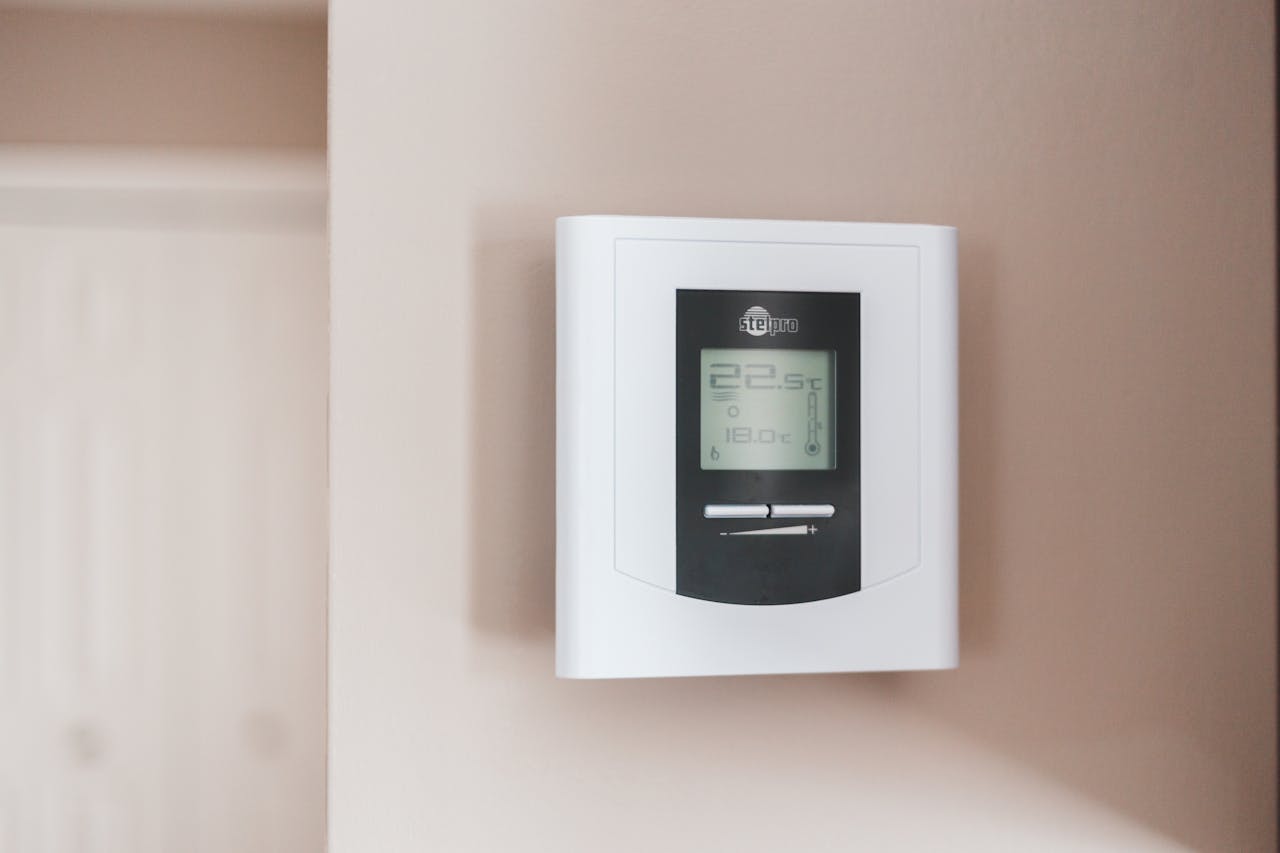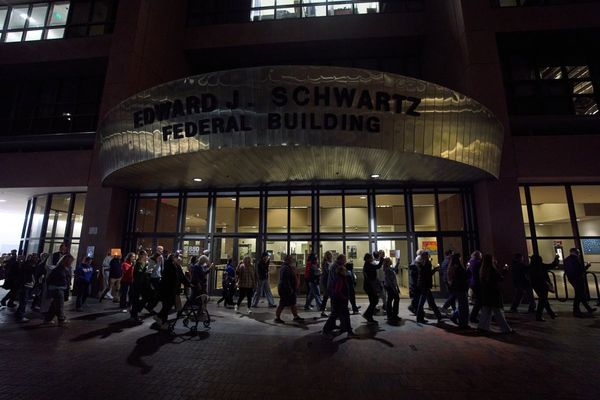
Upgrading to a smart thermostat seems like a no-brainer for saving money. The promise is simple: more control, smarter schedules, and lower energy bills. But for many homeowners, that new device is quietly making monthly bills climb instead of fall. Why does this happen? It’s not always a product flaw or a scam. Sometimes, the problem is how smart thermostats interact with your habits and home. Understanding the hidden ways your upgraded thermostat may be driving up your bill can help you make better choices and keep your energy costs in check.
1. Incorrect Thermostat Settings
Many people install a smart thermostat and leave the default settings in place. These factory presets aren’t always optimized for your home or climate. For example, an upgraded thermostat may keep your house warmer in winter or cooler in summer than you really need. Even just a degree or two can have a big impact on your monthly bill.
Take time to adjust the temperature schedules and experiment with what feels comfortable versus what you actually need. If you’re not home during the day, set the system to ease off on heating or cooling. It’s tempting to trust that the “smart” features will figure it out, but often, they need your input to really save money.
2. Overreliance on Smart Features
Smart thermostats are packed with features like geofencing, learning algorithms, and remote sensors. These sound great, but they can backfire. For instance, geofencing tracks your phone’s location to adjust the temperature when you leave or return. If you work nearby or make quick trips out, your HVAC system may cycle on and off more often—using more energy than before.
Some learning thermostats try to anticipate your needs, but if your schedule is unpredictable, they may run the system when it’s not necessary. Instead of hands-off, try using manual overrides or setting simple schedules. Don’t assume automation always means efficiency.
3. Compatibility Issues with HVAC Systems
Not every HVAC system pairs well with every upgraded thermostat. If your heating and cooling system is older or uses non-standard wiring, a smart thermostat might not communicate properly. This can lead to short cycling (turning on and off rapidly), running the fan too long, or even leaving the system on when it should be off. All of these issues waste energy and drive up your bill.
Before buying a new thermostat, check compatibility closely. Some manufacturers offer online tools or customer support to help with this.
4. Neglecting Regular Maintenance
Even the smartest thermostat can’t compensate for dirty filters, blocked vents, or leaky ductwork. When your HVAC system isn’t running efficiently, your upgraded thermostat may have to work harder to reach the set temperature. That means the system runs longer and uses more energy.
Make it a habit to check and replace filters, clear vents, and schedule annual HVAC inspections. Sometimes the best way to lower your energy bill is basic maintenance—not new gadgets.
5. Misunderstanding Energy Reports
Many smart thermostats offer energy usage reports or tips for saving money. The problem? These reports often use averages or estimates that don’t match your actual energy use. You might think you’re saving money because the app says so, when your upgraded thermostat is actually running your system more often than before.
Cross-check your thermostat’s reports with your real utility bills. Pay attention to trends, not just the numbers the app presents. If your energy bill is going up, it’s time to dig deeper into your thermostat’s settings and your usage habits.
6. “Away” and “Home” Modes Set Incorrectly
Smart thermostats typically have modes for when you’re away or at home. If these are set too close together, your system may not get enough downtime to save energy. For example, setting “away” to 72°F and “home” to 70°F barely gives your HVAC system a break, especially in extreme weather.
Widen the gap between your “away” and “home” temperatures. Even a few degrees can make a noticeable difference in your monthly bill. Experiment and see what works for your comfort and budget.
What To Do If Your Upgraded Thermostat Is Driving Up Your Bill
If you notice your energy costs creeping up after installing an upgraded thermostat, don’t panic. Start by reviewing your thermostat’s settings and schedules. Make sure it fits your actual routine, not just the defaults. Check for compatibility issues and keep your HVAC system maintained. Remember, even the smartest device needs a little human attention to work its best.
With a few tweaks, you can get your upgraded thermostat working for you—not against your wallet.
Have you experienced an unexpected spike in your energy bill after installing a smart thermostat? Share your story or tips in the comments below!
What to Read Next…
- How to Save Money on Your Energy Bills
- Why Your Car May Still Overheat Even with a New Thermostat
- Why Some HVAC Installations Leave Behind Toxic Air Without Breaking Any Rules
- Why Some Mechanics Add Problems Just to Meet Their Shop’s Quota
- The DIY Electrical Mistake That Causes 1 in 5 House Fires
The post Why That “Upgraded” Thermostat May Be Driving Up Your Bill appeared first on Clever Dude Personal Finance & Money.







